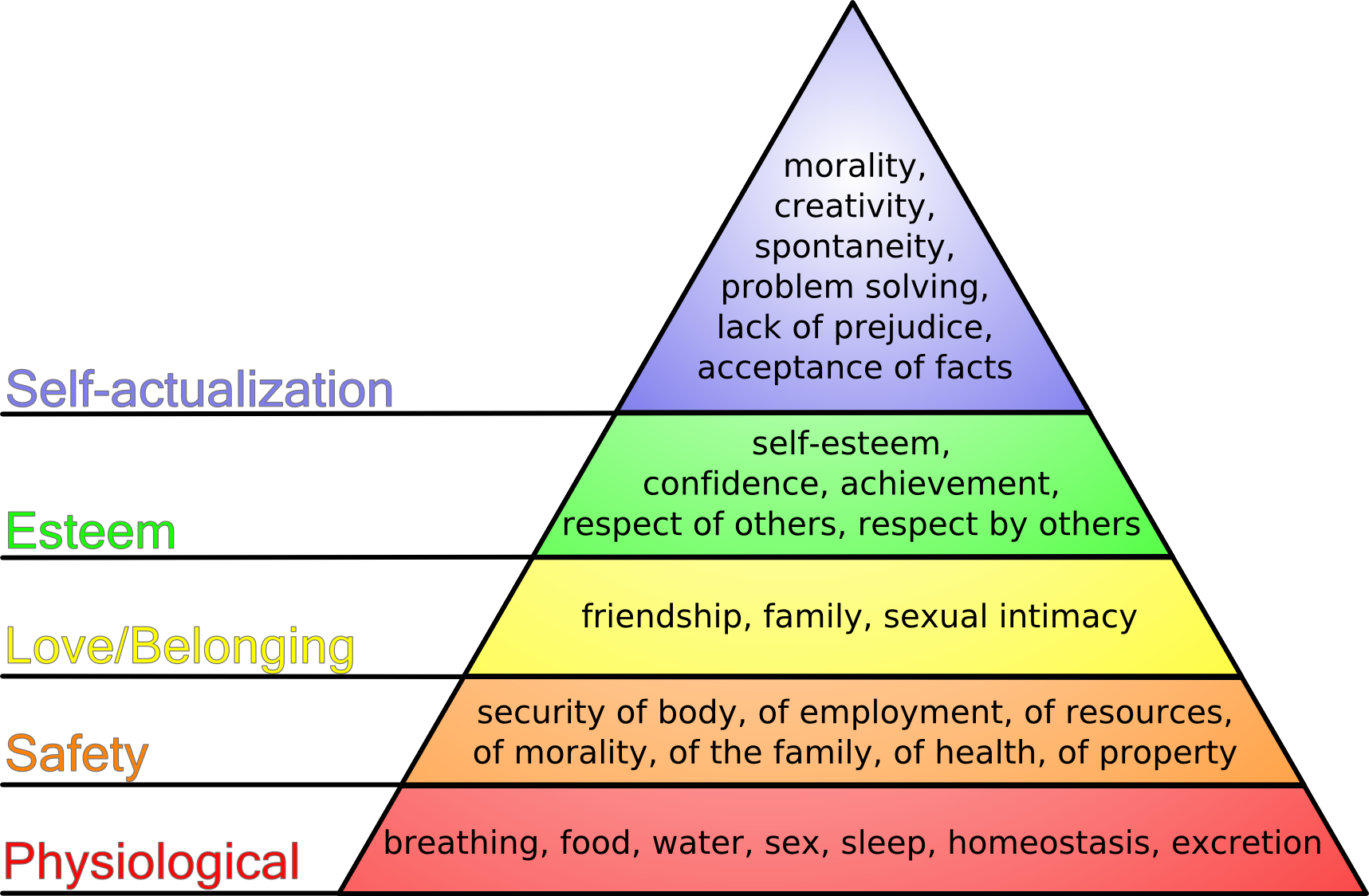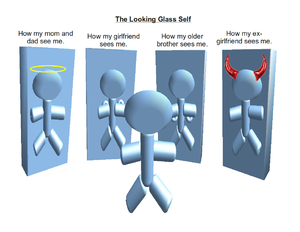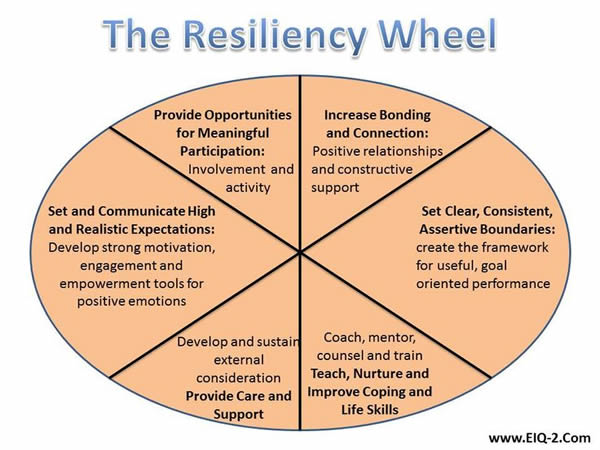Lesson 8: Loss and Bereavement
Attention

Learning Outcomes
Upon successful completion of this lesson's material students will be able to:
- Describe the continuum of feelings, thoughts and behaviors that occur throughout the grief process.
- Distinguish between grief, mourning and bereavement.
- Identify common grief reactions and skills to better assist an individual experiencing these reactions.
- Describe the concepts of vicarious trauma, compassion fatigue, and burn-out.
Teaching
The Grieving Process
- Bereavement
- Grief
- Mourning
Here are a series of movies related to Grieving |
Terminal Illness |
Children Grieving |
Suicide |
Infant Death |
Pets |
Divorce |
Job Loss |
Changing the Way we Mourn |
The Adventure of Grief |
The Grieving Process |
This may appear to be quite a bit to watch. The content in ALL of these lessons are heavy and hard. In mental health work, we are exposed to stories (upon stories) of the human condition. Our own, our clients', our co-workers, every human person has a story. How do we tell ours? How do we help others manage theirs? How does someone define who they are? How do we become whole when we feel fragmented? How do we serve others when they feel fragmented?
How do we avoid vicarious traumatization, compassion fatigue and burn-out?
Vicarious traumatization means that we experience trauma through the act of listening to others talk about and describe trauma. This can take a toll on one's emotional health.
Compassion fatigue describes the concept that in the process of being empathetic, caring and compassionate we can become tired of always being the one to listen without judgement or emotional highs and lows. Our emotions can become tired of needed to always be in control and in check when working with clients. This can result in a person not being as compassionate as their job requires.
Burn-out refers to the idea that an individual can become tired of a specific job, role, or behavior. In mental health some mental health workers become frustrated with their clients for not following through, not calling back, being difficult, or just being who they are. When an employee starts to not want to come to work, does the bare minimum for clients, then he or she should look at taking a break from the current role. This might mean taking a vacation or a leave of absence from work. For some it means leaving that job and finding another. For others it means leaving the field of mental health all together.
Think of the previous lessons you have read. They discussed child abuse and neglect, domestic violence, substance abuse, rape and assault, homicide and suicide. In some way, all of these topics include grief, loss, mourning and the need to cope with the human feelings that our sublime self can experience.
One model for helping manage the challenges for mental health workers is the PRAC model, a part of Cognitive Behavioral Therapy. It is explained below:
P - Psycho-education: We give information about the normal experiences and the typical progressions.
R - Relaxation techniques: We teach ways to cope, ways to calm, and things we can do to withstand the traumas that we experience.
A - Affect identification/awareness/modulation: The concept of affect (emotion) identification is so basic and often so neglected in life. We are not taught feeling vocabulary, compassion or awareness of our self's and others' inner-states in a way that can be attuned and receptive to the connection of our mind, body and spirit. When feelings become difficult, behavior often communicates feeling through an inappropriate expression of something other than the authentic experience because we are all afraid. To be vulnerable is a risky thing so we work to hide our vulnerability. We must be able to read real feeling, be aware of what feeling is being experienced and expressed, and teach others how to express, modulate and remove intensity in order to communicate clearly. This is a BASIC skill and HUGE but often not directly taught within someone's development and life process.
C - Cognitive Coping: This is the fundamental aspect of cognitive behavioral therapy. Connecting thoughts, feelings, and behaviors related to trauma, crisis or our experiences is so important. Often we stay compartmentalized, fragmented and we believe our thoughts, feelings and behaviors are unrelated. The reality is that they are not unrelated, they are inherently interdependent, relying on each other. This is some of the most powerful wisdom you may ever hear. Our goal is to integrate it into your understanding in a manner that is going to assist you in helping others learn and change.
Working on the Self

Maslow's Hierarchy of needs (the pyramid above) is a fundamental aspect of human relations theory - the addition of different human relation models - such as the bio-psycho-social(-cultural-spiritual) model enhances the interconnections and overlaps of human identity, formation of self and the importance of all of the mirrors held for us to view ourselves.
Click HERE to visit "The Pursuit of Happiness"
Sociological Perspectives on the Self

Click HERE to watch a video on Cooley's "Looking Glass Self"
Classic Sociological thoughts on the Self
The promotion of health, the amelioration of crisis symptoms, useful interventions and effective approaches when working with others takes into consideration every human need to have biological needs met, safety needs met, feel love and belonging, feel useful and good at something important to them, and to feel engaged…. Take frameworks of health and resiliency and apply them to individuals in crisis. How would you intervene given this information??

Assessment
Lesson 8 Quiz
- Describe the continuum of feelings, thoughts and behaviors that occur throughout the grief process.
- Distinguish between grief, mourning and bereavement. Feel free to use the lesson and other resources.
- Identify common grief reactions and skills to better assist an individual experiencing these reactions.
Lesson 8 Discussion A (for online course only)
Use the discussion board to post ideas about ways to avoid vicarious traumatization, compassion fatigue and burn-out. Describe your personal experience with any of these? Why is this important?
Lesson 8 Discussion B (for online course only)
Summarize your understanding of the graphics (looking glass self, resiliency information, self-making, Maslow's hierarchy, etc.) and post your insights and observations. Do these graphics change the way you think about your work, your self, your studies? Why or why not?
Reflective Journal - Write final entry this week
Your completed refection journal is due at the end of this week. Please submit it to your Instructor. Put journal in Blackboard, under Special Assignments, Reflective Journal Drop Box.